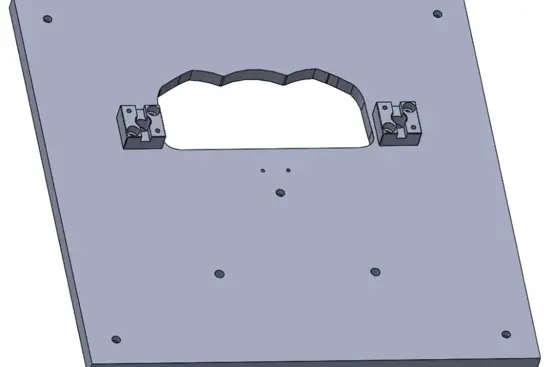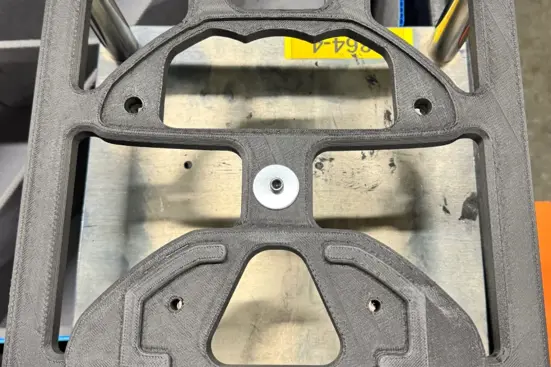Customer
J.W. Speaker
Headquarters
Germantown, WI
Industry
Lighting
Employees
260
Founded in 1935, J.W. Speaker Corporation designs and manufactures high-performance lighting for automotive, powersports, transport, and industrial vehicles. The company specializes in advanced LED and emerging lighting systems for OEM and aftermarket markets worldwide. With a focus on precision, J.W. Speaker continually invests in modernizing its production processes, including the use of 3D printed manufacturing fixtures to improve agility and reduce tooling constraints.
To support its diverse lighting production, J.W. Speaker relies on various custom fixtures including automation pallets and photometry fixtures. These components are often large and require sufficient strength to handle heavy lighting assemblies. Traditionally, they were machined from aluminum, which involved long lead times and high production costs. With over 150 pallets needed annually, J.W. Speaker engineers sought a solution to reduce fixture costs and gain better control over their in-house fixture production.
The company implemented FDM 3D printing with the Stratasys F3300™, a large-format 3D printer capable of producing robust tooling at up to twice the speed of legacy extrusion systems. Its 10.2-cubic-foot build volume easily accommodated the 18 x 18 in. automation pallets. The team used Nylon 12CF material, a carbon-fiber reinforced thermoplastic, to meet structural performance demands. The new process enabled high-strength 3D printed parts without the need for time-intensive machining.
The transition to 3D printed manufacturing fixtures resulted in significant time and cost savings. J.W. Speaker reported $50,000–$60,000 savings in automation pallet production and $10,000–$15,000 for photometry fixtures. Time savings were equally impressive: 78% faster than in-house machining (9 hours vs. 1 week) and 89% faster than outsourcing (9 hours vs. 2 weeks). These benefits scale with volume and allow the engineering team to iterate quickly, making fixture design more agile and cost-effective.


